Aesthetic nose surgery (rhinoplasty) or nose reshaping surgery is the most commonly applied plastic surgery. With aesthetic nose surgery, it is possible to reduce or enlarge your nose, change the shape of the tip or bridge of the nose, narrow the width of your nostrils or change the angle between your nose and upper lip. At the same time, if you have a congenital or injury-related deformity, it can be corrected or some breathing problems can be eliminated.
Rhinoplasty
Warning: call_user_func_array() expects parameter 1 to be a valid callback, function 'digic_get_brands' not found or invalid function name in /home/antalyac/public_html/wp-includes/class-wp-hook.php on line 324
Warning: call_user_func_array() expects parameter 1 to be a valid callback, function 'digic_show_store_name' not found or invalid function name in /home/antalyac/public_html/wp-includes/class-wp-hook.php on line 324
After the surgery, patients can usually go home on the same day or after staying in the hospital for 1 night at the latest. In the first two days, there may be swelling, bruising and blood leakage from the nose. In the first days, patients may experience difficulty in breathing. Patients can continue their normal life after 2 days. The plaster and sutures are removed on the sixth day. After the plaster is removed, the patient can return to work. If bruises remain, they can be hidden with the help of concealer makeup. After about 3 weeks, the swelling goes down to a great extent and the patient’s surgical appearance disappears. Patients should not do sports where they can get hit on their face for 3 weeks after surgery.
If one or more of the following structural problems are present, you may be a good candidate for rhinoplasty.
- Short nose
- Long nose
- Arched nose
- Low tip nose
- Broad nose
- Wide nose wings
- Excessive protrusion of the tip of the nose forward
- Nose tip asymmetries
- High transition point between forehead and nose
- The angle between the upper lip and the nose is too narrow
- The part between the two nostrils called columella in terminology is inside or drooping
- Big nose
- Small nose
You must be logged in to post a review.
Vendor Information
- Address:
- No ratings found yet!
-
Warning: call_user_func_array() expects parameter 1 to be a valid callback, function 'digic_woocommerce_template_loop_category' not found or invalid function name in /home/antalyac/public_html/wp-includes/class-wp-hook.php on line 324
Men Over 40 Large Screening Package
€750,00 -
Warning: call_user_func_array() expects parameter 1 to be a valid callback, function 'digic_woocommerce_template_loop_category' not found or invalid function name in /home/antalyac/public_html/wp-includes/class-wp-hook.php on line 324
Primer Rhinoplasty
€2.950,00 -
Warning: call_user_func_array() expects parameter 1 to be a valid callback, function 'digic_woocommerce_template_loop_category' not found or invalid function name in /home/antalyac/public_html/wp-includes/class-wp-hook.php on line 324
Sleeve Gastrectomy Surgery
€3.700,00 -
Warning: call_user_func_array() expects parameter 1 to be a valid callback, function 'digic_woocommerce_template_loop_category' not found or invalid function name in /home/antalyac/public_html/wp-includes/class-wp-hook.php on line 324
Overall Cardiology Screening Package
€800,00 -
Warning: call_user_func_array() expects parameter 1 to be a valid callback, function 'digic_woocommerce_template_loop_category' not found or invalid function name in /home/antalyac/public_html/wp-includes/class-wp-hook.php on line 324
Inpatient Women Vip Check-Up
€2.250,00 -
Warning: call_user_func_array() expects parameter 1 to be a valid callback, function 'digic_woocommerce_template_loop_category' not found or invalid function name in /home/antalyac/public_html/wp-includes/class-wp-hook.php on line 324
Women Under 40 Large Screening Package
€749,00
Quick Comparison
| Settings | Rhinoplasty remove | Cataract Surgery remove | Tattoo Removal remove | 1 To 16 Year Old Child Screening Package remove | PCR Test remove | Breast Reduction remove | |||||||||||||||||||||||||||||||||||||||||||||||||||||||||||||
|---|---|---|---|---|---|---|---|---|---|---|---|---|---|---|---|---|---|---|---|---|---|---|---|---|---|---|---|---|---|---|---|---|---|---|---|---|---|---|---|---|---|---|---|---|---|---|---|---|---|---|---|---|---|---|---|---|---|---|---|---|---|---|---|---|---|---|---|
| Name | Rhinoplasty remove | Cataract Surgery remove | Tattoo Removal remove | 1 To 16 Year Old Child Screening Package remove | PCR Test remove | Breast Reduction remove | |||||||||||||||||||||||||||||||||||||||||||||||||||||||||||||
| Image |  | 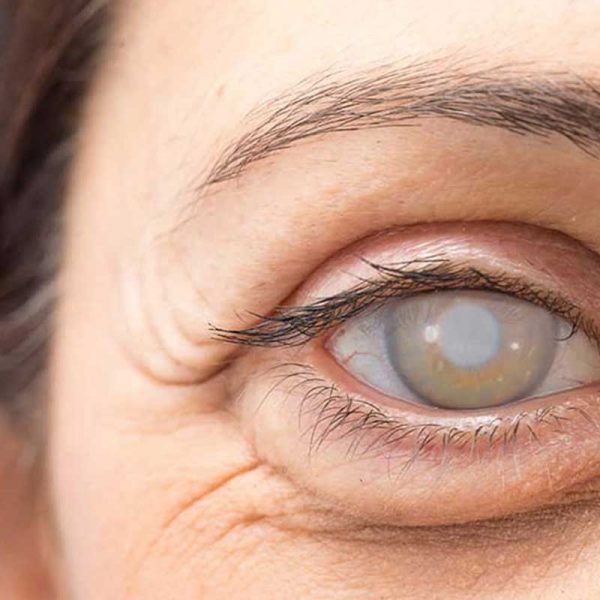 | 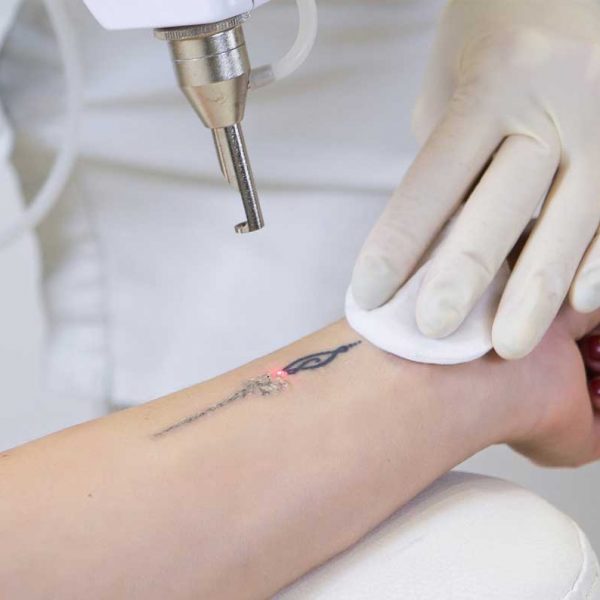 |  | 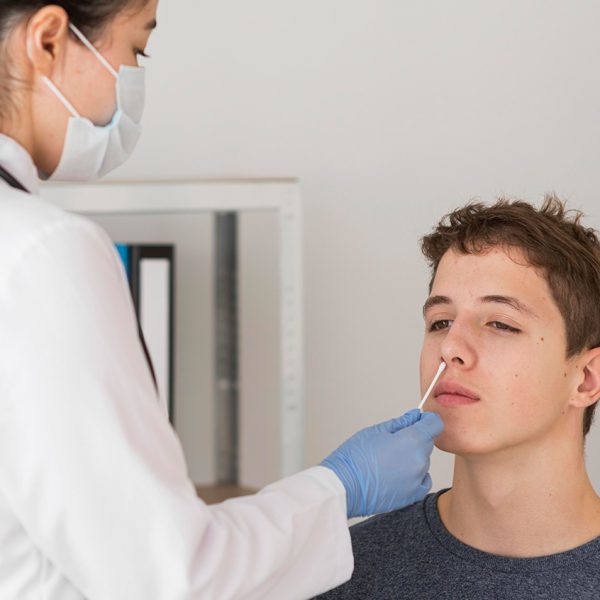 |  | |||||||||||||||||||||||||||||||||||||||||||||||||||||||||||||
| SKU | D2300-3-2-3-2-1-1-1-1-2-2-1 | D2300-3-2-3-2-1-1-1-1 | |||||||||||||||||||||||||||||||||||||||||||||||||||||||||||||||||
| Rating | |||||||||||||||||||||||||||||||||||||||||||||||||||||||||||||||||||
| Price | €2.300,00 | €1.875,00 | €170,00 | €350,00 | €20,00 | €3.900,00 | |||||||||||||||||||||||||||||||||||||||||||||||||||||||||||||
| Stock | |||||||||||||||||||||||||||||||||||||||||||||||||||||||||||||||||||
| Availability | |||||||||||||||||||||||||||||||||||||||||||||||||||||||||||||||||||
| Add to cart | |||||||||||||||||||||||||||||||||||||||||||||||||||||||||||||||||||
| Description | After the surgery, patients can usually go home on the same day or after staying in the hospital for 1 night at the latest. In the first two days, there may be swelling, bruising and blood leakage from the nose. In the first days, patients may experience difficulty in breathing. Patients can continue their normal life after 2 days. The plaster and sutures are removed on the sixth day. After the plaster is removed, the patient can return to work. If bruises remain, they can be hidden with the help of concealer makeup. After about 3 weeks, the swelling goes down to a great extent and the patient's surgical appearance disappears. Patients should not do sports where they can get hit on their face for 3 weeks after surgery.
If one or more of the following structural problems are present, you may be a good candidate for rhinoplasty.
| The most common cause of breast size is familial factors. In addition, breast enlargement is observed due to weight gain, hormonal disorders, pregnancy, breastfeeding and various breast diseases. Is breast size an aesthetic problem? Breast size is a health problem rather than an aesthetic problem. Large breasts put a considerable strain on the neck and back. As a result, patients develop treatment-resistant shoulder and back pain, flattening and deformity in the neck vertebrae. Most patients suffer from shoulder and back pain for years, take physical therapy and have to use a lot of drugs. When people with large breasts use a bra, collapses and deformities occur on the shoulders, especially where the bra strap passes. These people have rashes, fungal infections and bad odors that cause serious discomfort, especially in summer, under the breasts and between the nipples. The size of the breasts causes serious problems in the social life of people, especially in adolescence and young girls. Women with large breasts have difficulty in finding suitable clothes, have limited arm movements, and even have respiratory distress while lying on their backs and say that they feel as if they are suffocating. What technique is breast reduction surgery performed with? In breast reduction surgery, an appropriate amount of breast tissue is left for the person's body and excess breast tissues are removed. The drooping breasts are placed where they should be on the body, ensuring uprightness and recovery. How many hours does breast reduction surgery take? Breast reduction surgeries take 2-4 hours depending on the size of the breast. How many days do I need to stay in the hospital after breast reduction surgery? After breast reduction surgery, we can usually discharge the patient on the same day. If patients experience discomfort such as nausea, vomiting, dizziness, swelling and pain due to anesthesia, we consider it appropriate to follow these complaints in the hospital until they resolve. How many days does recovery take after breast reduction surgery? After breast reduction surgeries, the breasts heal in about 10 days. When can one return to social and business life after breast reduction surgery? After breast reduction surgery, people can return to their normal social lives in about 1 week. We recommend that they start heavy sports activities after about 1 month. If they have a job where they do not exert excessive physical effort, they can return to business life after 1 week. We recommend patients who have a job that requires physical activity to wait 2-3 weeks. | |||||||||||||||||||||||||||||||||||||||||||||||||||||||||||||||||
| Content | Aesthetic nose surgery (rhinoplasty) or nose reshaping surgery is the most commonly applied plastic surgery. With aesthetic nose surgery, it is possible to reduce or enlarge your nose, change the shape of the tip or bridge of the nose, narrow the width of your nostrils or change the angle between your nose and upper lip. At the same time, if you have a congenital or injury-related deformity, it can be corrected or some breathing problems can be eliminated. | Cataract, also known as the disease of old age, is a type of eye disease that seriously affects the quality of life as well as eye health. Cataract manifests itself with signs such as double vision, blurred vision, and deterioration of night vision, causing a decrease in vision over time. This disease, which affects your living standards, needs to be treated. It can be said that medical treatment of cataract with drugs is not possible. It is performed with a surgical operation as the only treatment of cataract disease. Today, this surgery is performed with laser and with very advanced technologies. The most important point here is that the patient who will have cataract surgery is recommended to have an ophthalmologist who is an expert in this field. This surgery, which is directly proportional to the cataract surgery experience of the ophthalmologist, can be performed and treated during the day. This should be done by the best doctors, in the best and sterile environment. Is there a risk of cataract surgery? Like any eye surgery, cataract surgery carries risks. However, the success rate of the surgery is very high despite the risks it carries. With today's technologies, cataract surgery methods have been developed and they are performed with micro incisions and without stitches. After cataract surgery performed by a specialist surgeon, the patient can quickly return to his daily life. As we have mentioned before, it is of great importance that cataract surgery is performed by specialist physicians. Therefore, you should be careful when choosing a hospital. What should be considered after cataract surgery? After cataract surgery, the patient should be fed with light foods. Heavy loads should not be lifted for 1 week after the operation. The person who had the surgery should not drive the day after the surgery. As for taking a shower, it is possible to take a shower as long as the water does not touch the eyes. After the operation, pressure should not be applied to the eye and should be protected from impacts. On the first day after the operation, the eyes can be blurred and it is a normal phenomenon. Support can be obtained to walk in a healthy way. |
What is laser tattoo removal?Tattooing is a permanent procedure on the skin. Tattoo removal can be done with modern methods when, for any reason, the person does not want to see his tattoo on his body anymore. Tattoo removal, permanent make-up and stain treatment can be performed with the Q-switch Nd:YAG laser. This process is a technology that destroys the color pigments used in tattoos by focusing. During this very delicate process, the laser sees and destroys the pigment and damages the tissue as little as possible. In laser tattoo removal, which is a long and laborious process, one hundred percent result may not always be achieved. For this, the decision to have a tattoo should be considered very well, and possible future regrets should be considered.How is laser tattoo removal done?Tattoo and skin analysis should be done before the procedure. Lasers designed for tattoo removal and spot treatment send the beam to the epidermis layer of the skin, absorb the compounds that give color to the dermis and subcutaneous tattoo, and destroy the chemical substance by breaking it down. The wavelength of the laser; is adjusted according to the size, density and color of the tattoo. In laser shots, dye pigments are made without damaging the tissues. While black dyes under the skin are better detected by the laser, more effective results are obtained, while the same is not true for light-colored dyes. Different wave sizes are used in tattoos with multi-colored paints.How many sessions does laser tattoo removal take?There are some environmental and structural factors in tattoo removal. It is important in which part of the body the tattoo is located. More sessions are required to remove tattoos, especially on the tips of the feet and fingers. For tattoos on larger areas of the body, a more effective process is performed and removed. The duration of the erasing process varies due to the color of the tattoo, the amount and type of paint used in the tattoo. Tattoo removal sessions take place at intervals of approximately 1.5 – 2 months. The number of sessions varies according to the person and the nature of the tattoo.Will there be any scars after laser tattoo removal?After each tattoo removal session, the color of the tattoo will lighten by approximately 20%. In tattoos where multi-colored and phosphorescent colors are used, the erasing process may be longer.Is laser tattoo removal painful?After numbing the skin part with cream or local anesthesia, the procedure is performed by protecting the upper skin layer in that area with the help of a Q-Switch ND-YAG laser and cooler. After the procedure, there may be bleeding in the area and crusting on the skin that will last for about a few days after the procedure. After the application, antibiotic cream should be used to both repair the area and prevent the development of infection.When should laser tattoo removal be done?While tattoo removal is more comfortable in winter, it is not preferred in summer due to the risk of staining with the effect of the sun. The time of the procedure varies according to the size of the tattoo. Since the sun is out in the summer, problems such as permanent staining may occur after the procedure. The best time for this is the winter months. |
| Yaşam Hospital provides the Covid-19 tests in Antalya. With online booking you may have secure and fast results. | Breast reduction surgery is an operation performed to bring the breasts that are larger than the person's body to normal sizes. | |||||||||||||||||||||||||||||||||||||||||||||||||||||||||||||
| Weight | N/A | N/A | N/A | N/A | N/A | N/A | |||||||||||||||||||||||||||||||||||||||||||||||||||||||||||||
| Dimensions | N/A | N/A | N/A | N/A | N/A | N/A | |||||||||||||||||||||||||||||||||||||||||||||||||||||||||||||
| Additional information |
|
|
| ||||||||||||||||||||||||||||||||||||||||||||||||||||||||||||||||

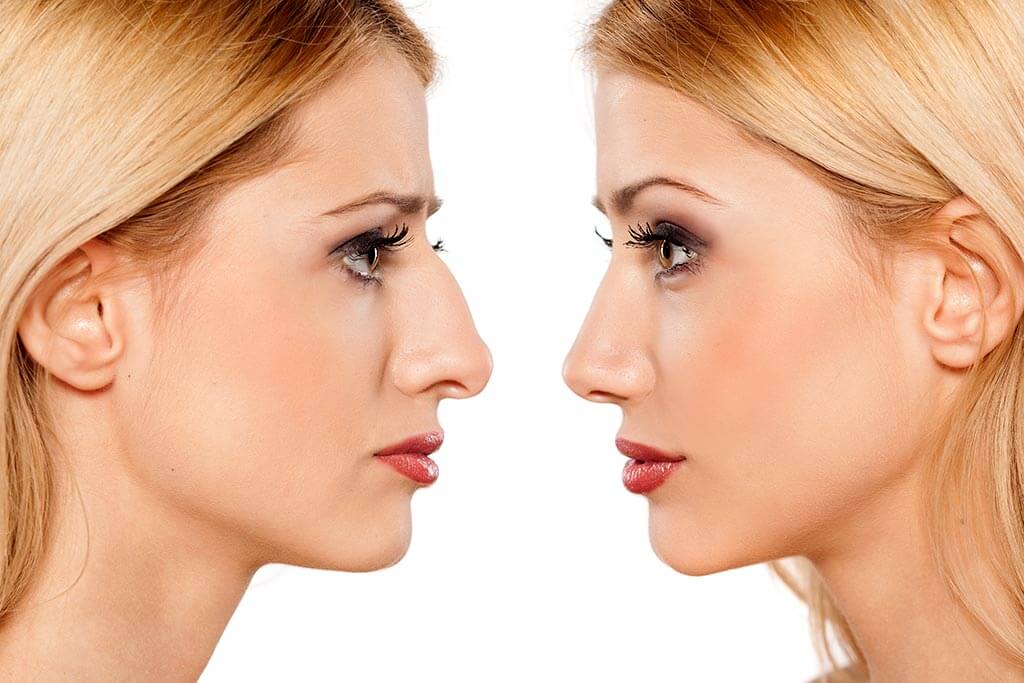




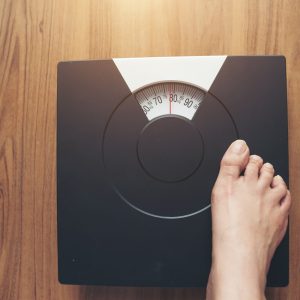
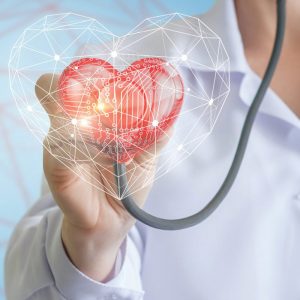
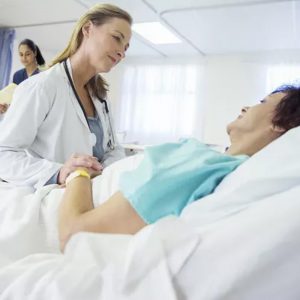

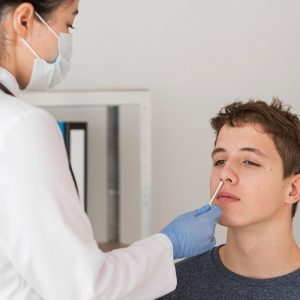


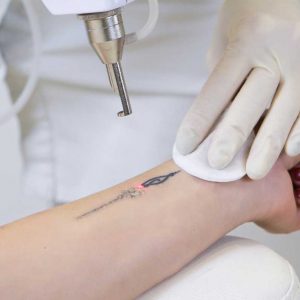

Reviews
There are no reviews yet.